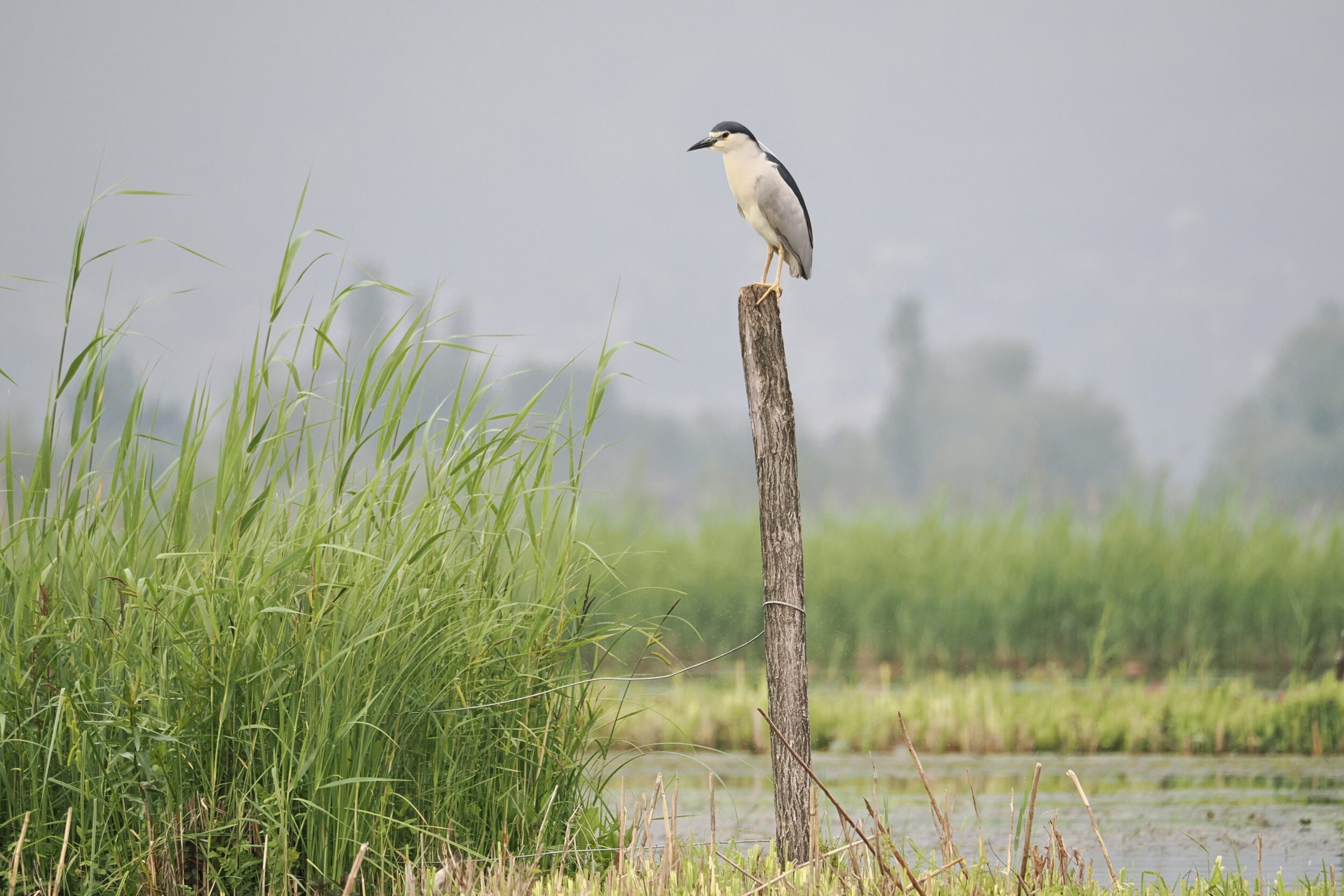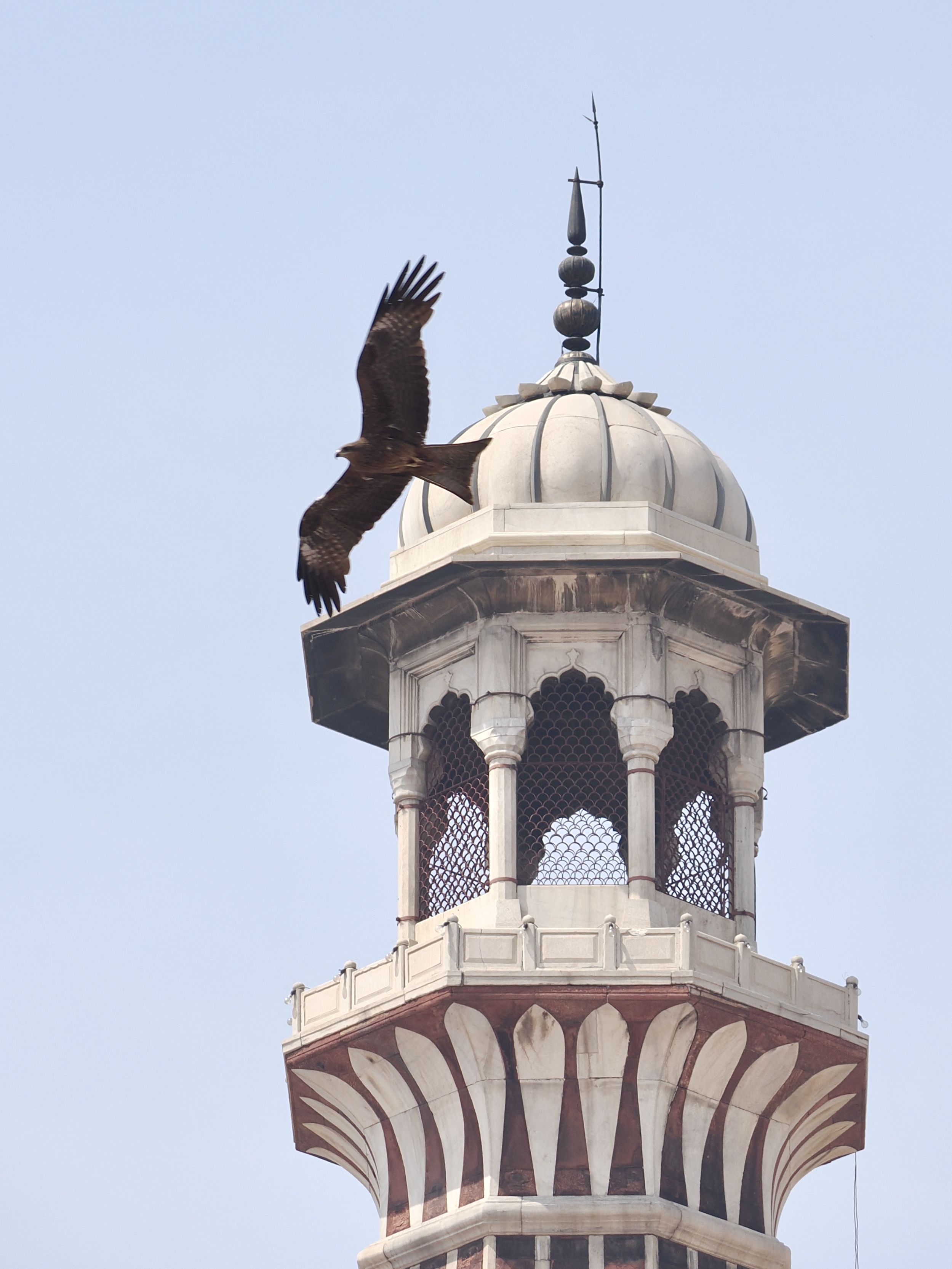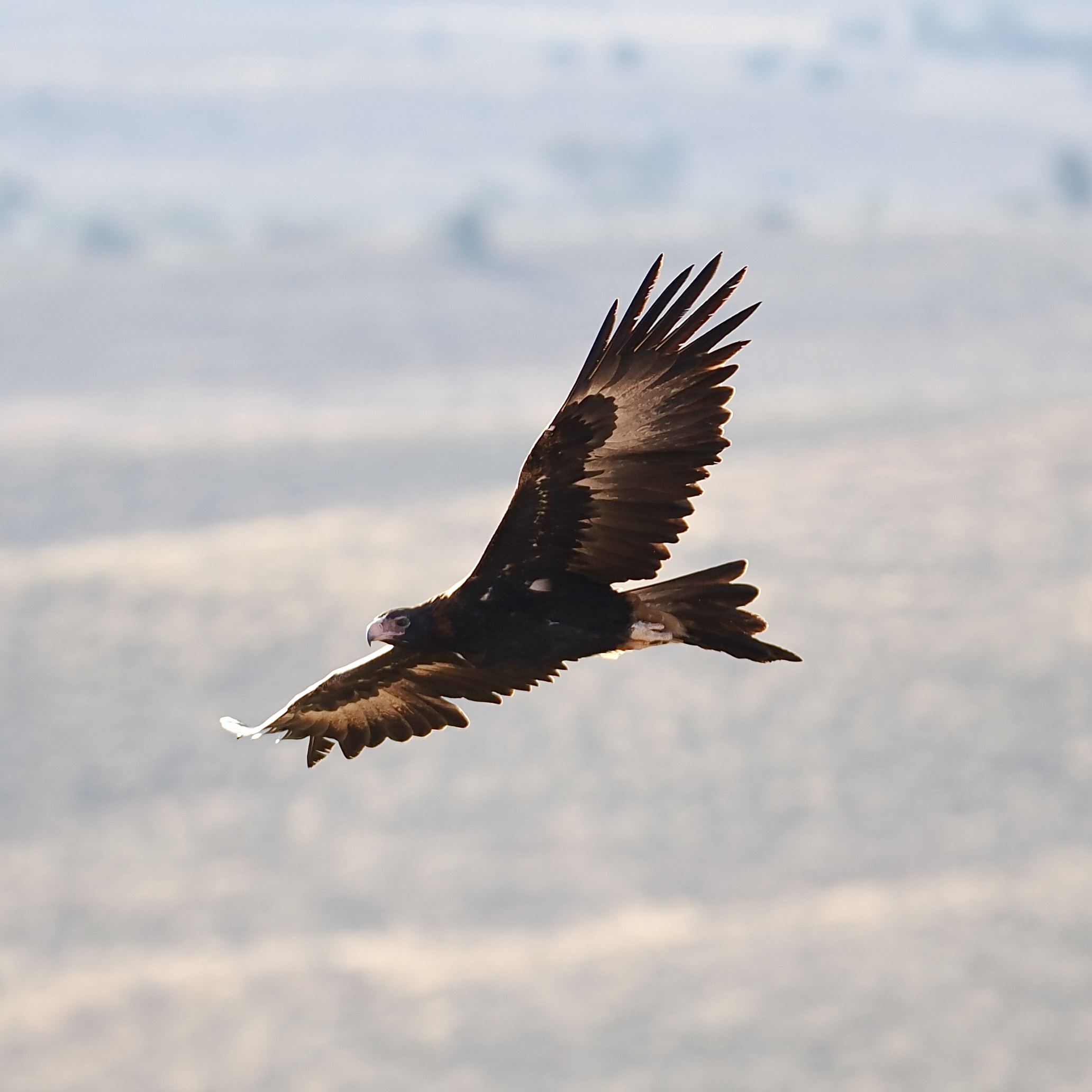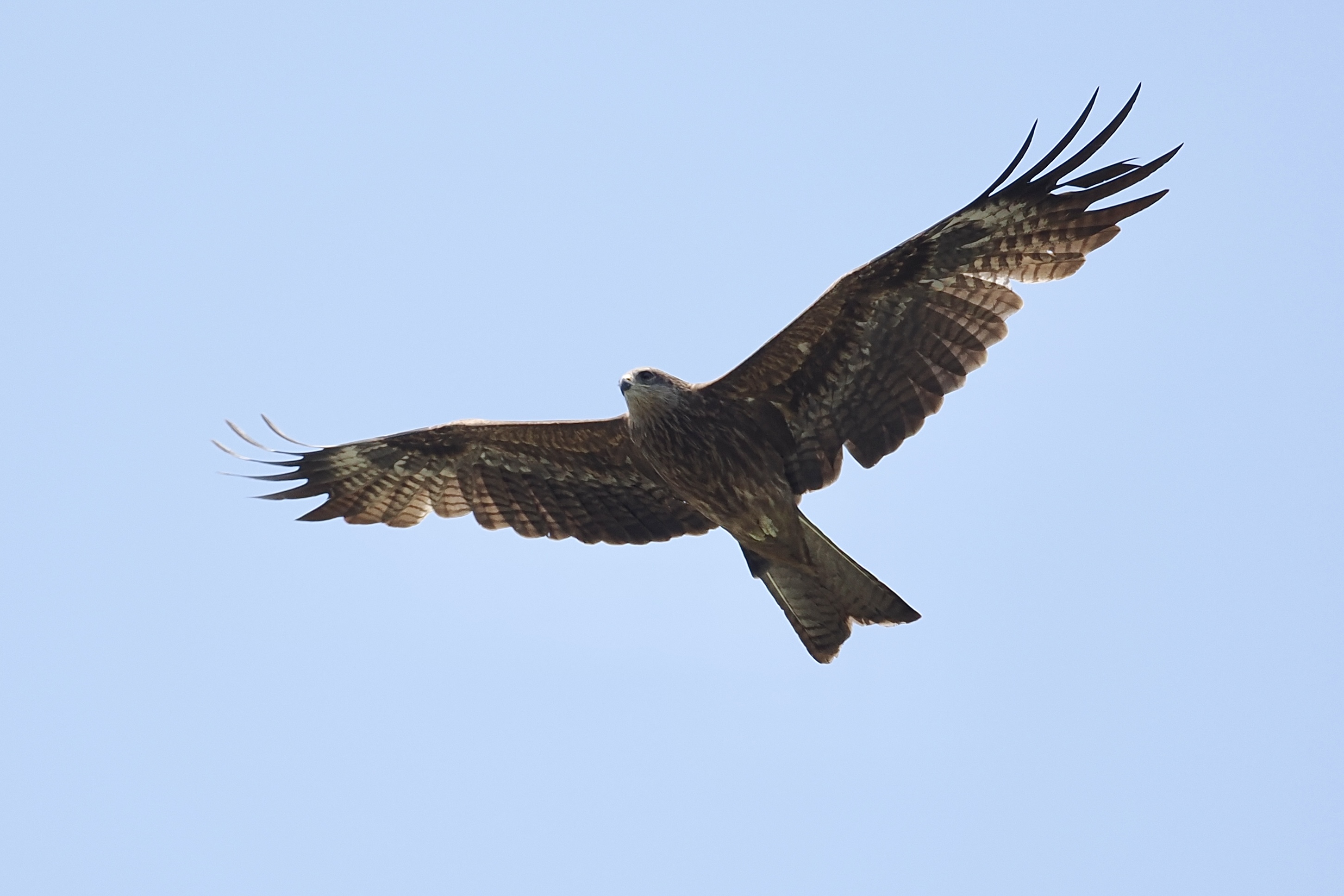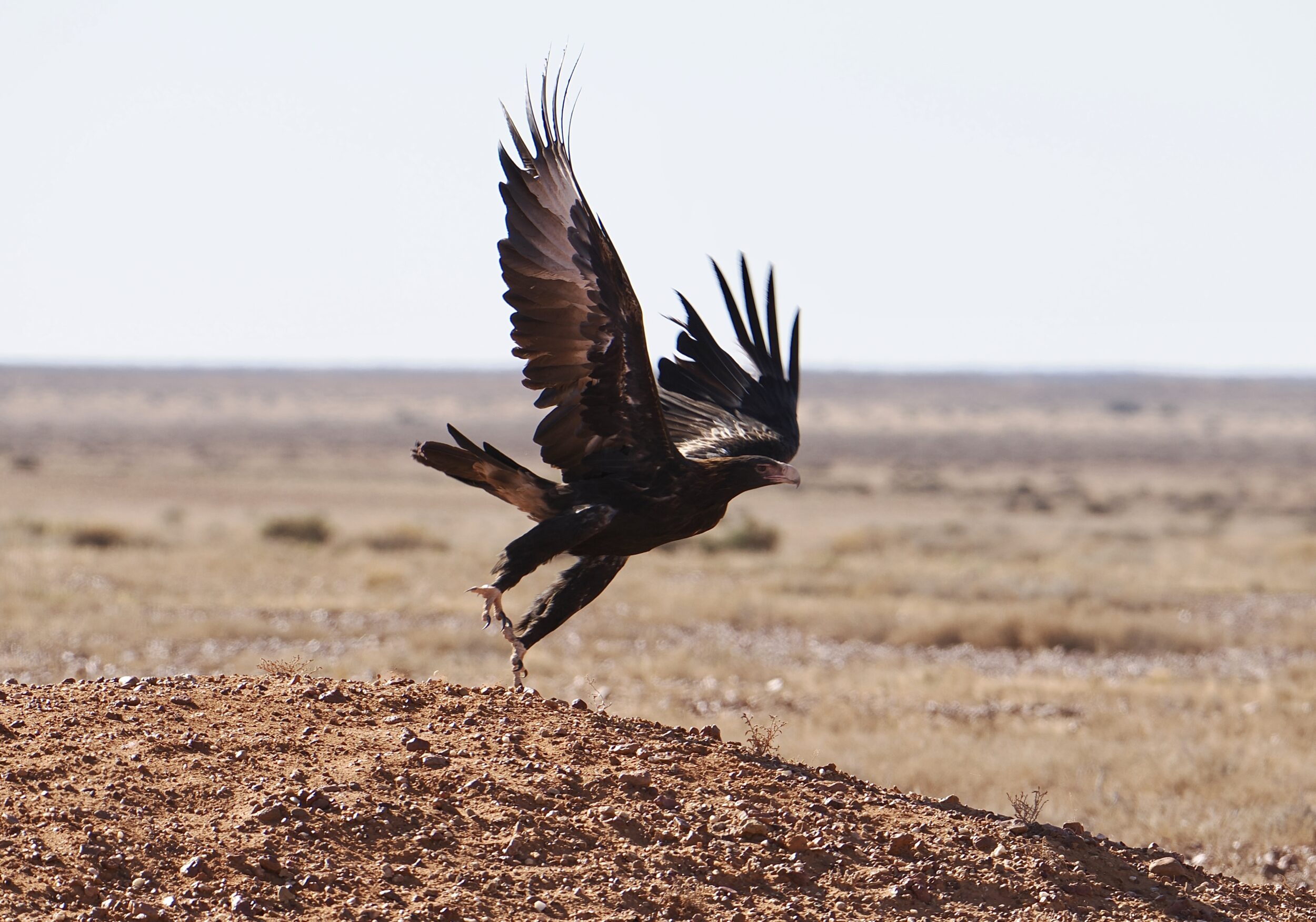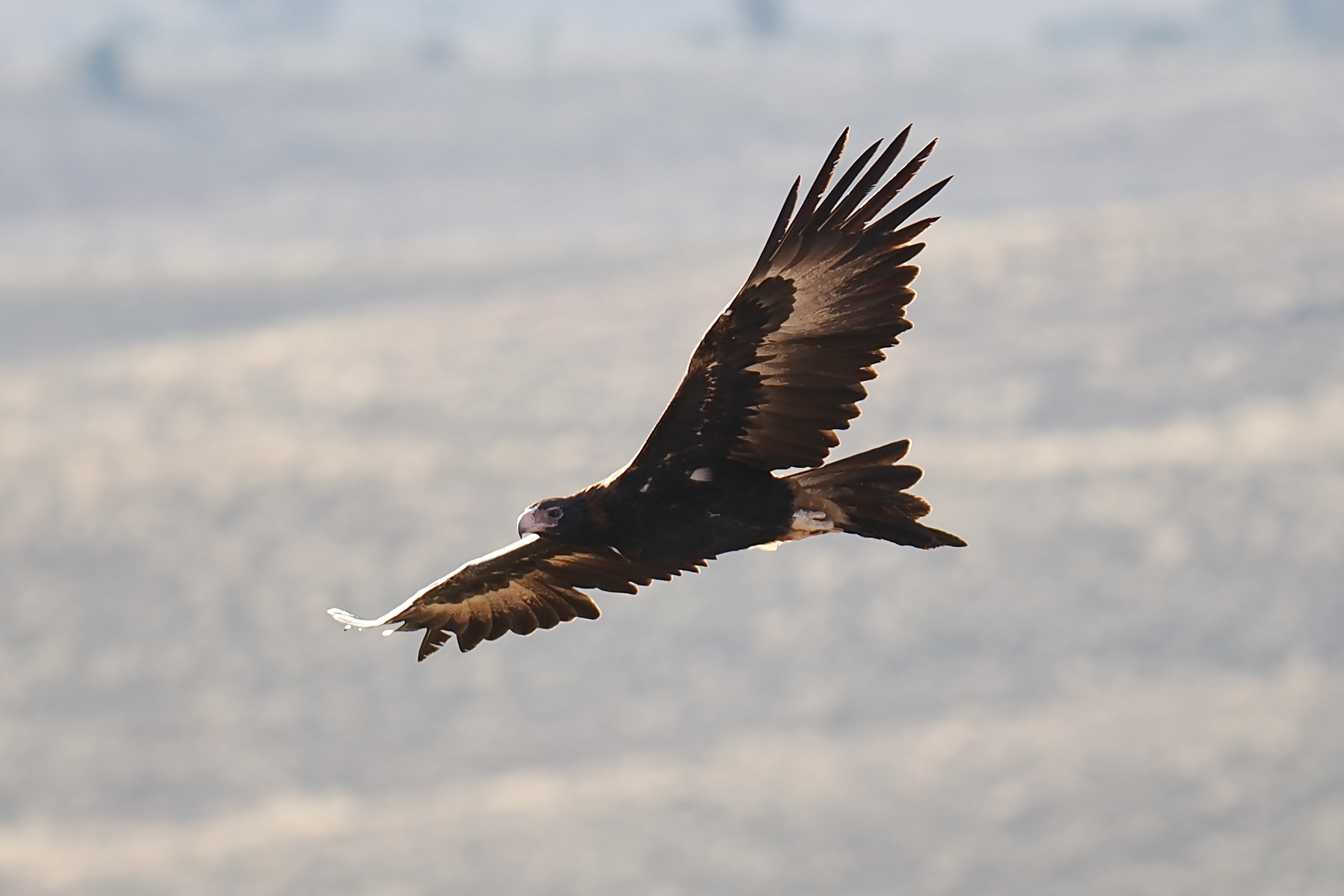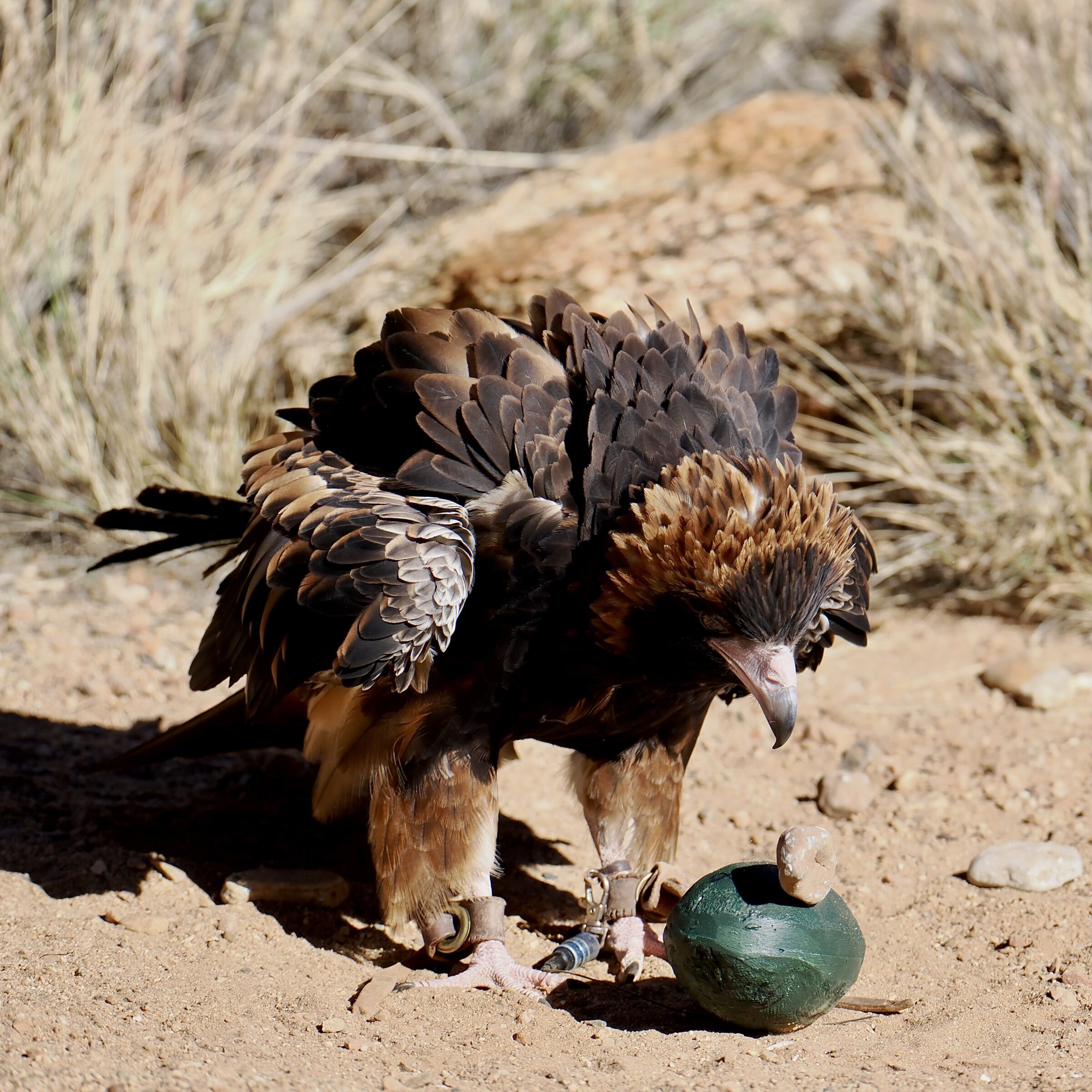If “your” Dal Lake houseboat is in the quieter part of the lake, you almost certainly will “feel the serenity”…at times.
You will also, there, be able to appreciate what still is an intrinsically very beautiful location.
And, before or after breakfast, without having to move beyond “your” boat’s verandah or landing, you are very likely to enjoy nice encounters with local birdlife.
Comments closed